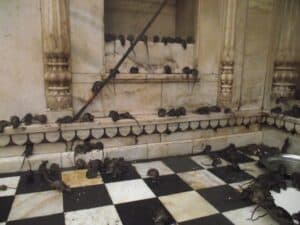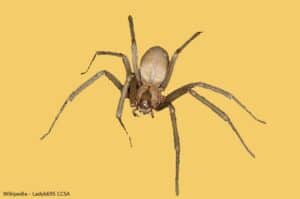California’s Crazy Ant Invasion
by Donna M. Walker
There’s a new invasive species of ants making their way to California from the eastern and southern states.
Actually, they’ve already arrived but not in large numbers like in Florida and Texas.
How do they travel across country?
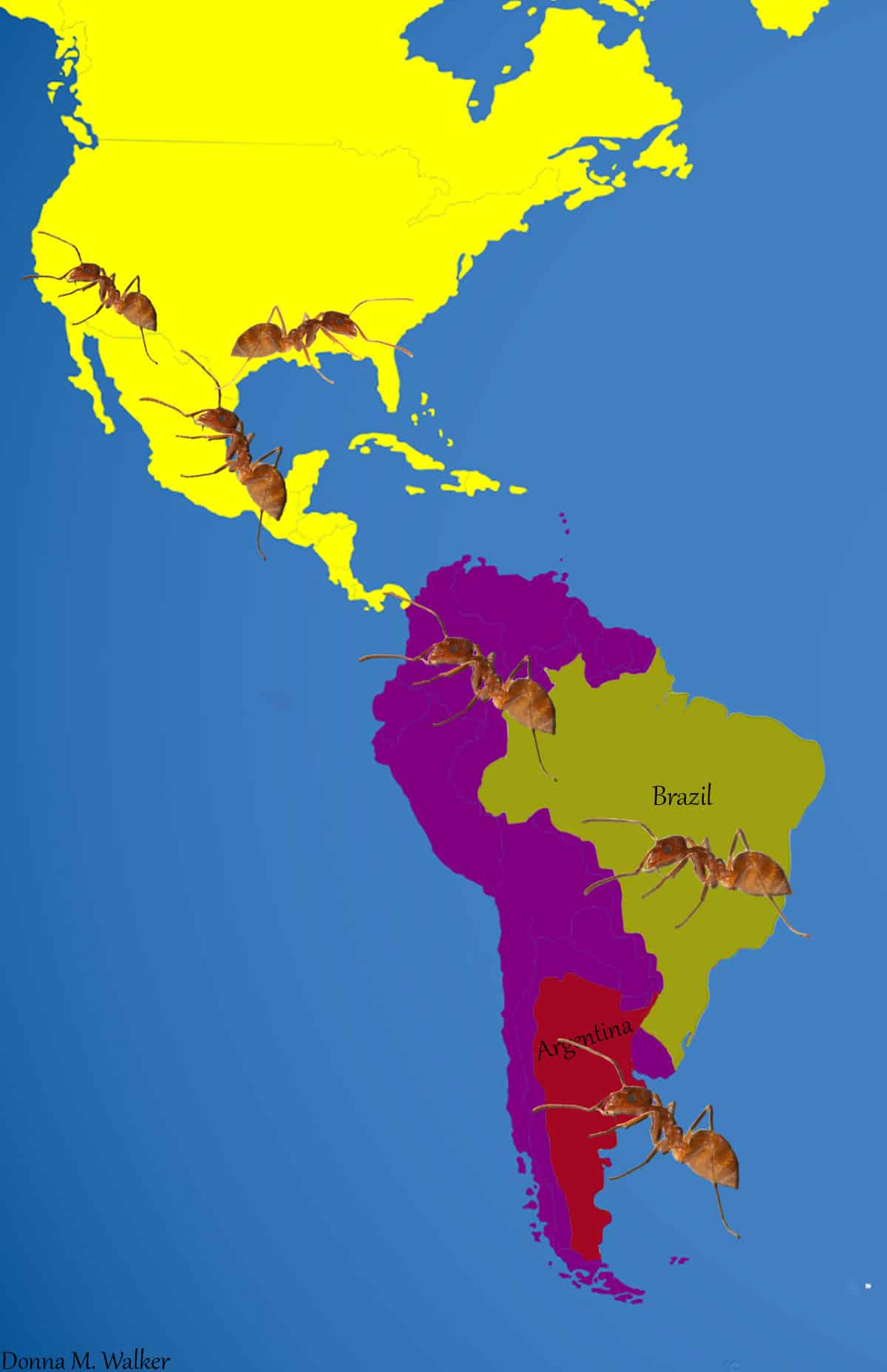
The Tawny (AKA Rasberry) Crazy Ant has made its way from Argentina and Brazil into the U.S. causing millions of dollars in damage.
If these Crazy ants are anything like their cousins from Argentina, the invasive Argentine Ants, then we could be in for another supercolony of ants crawling all over the state.
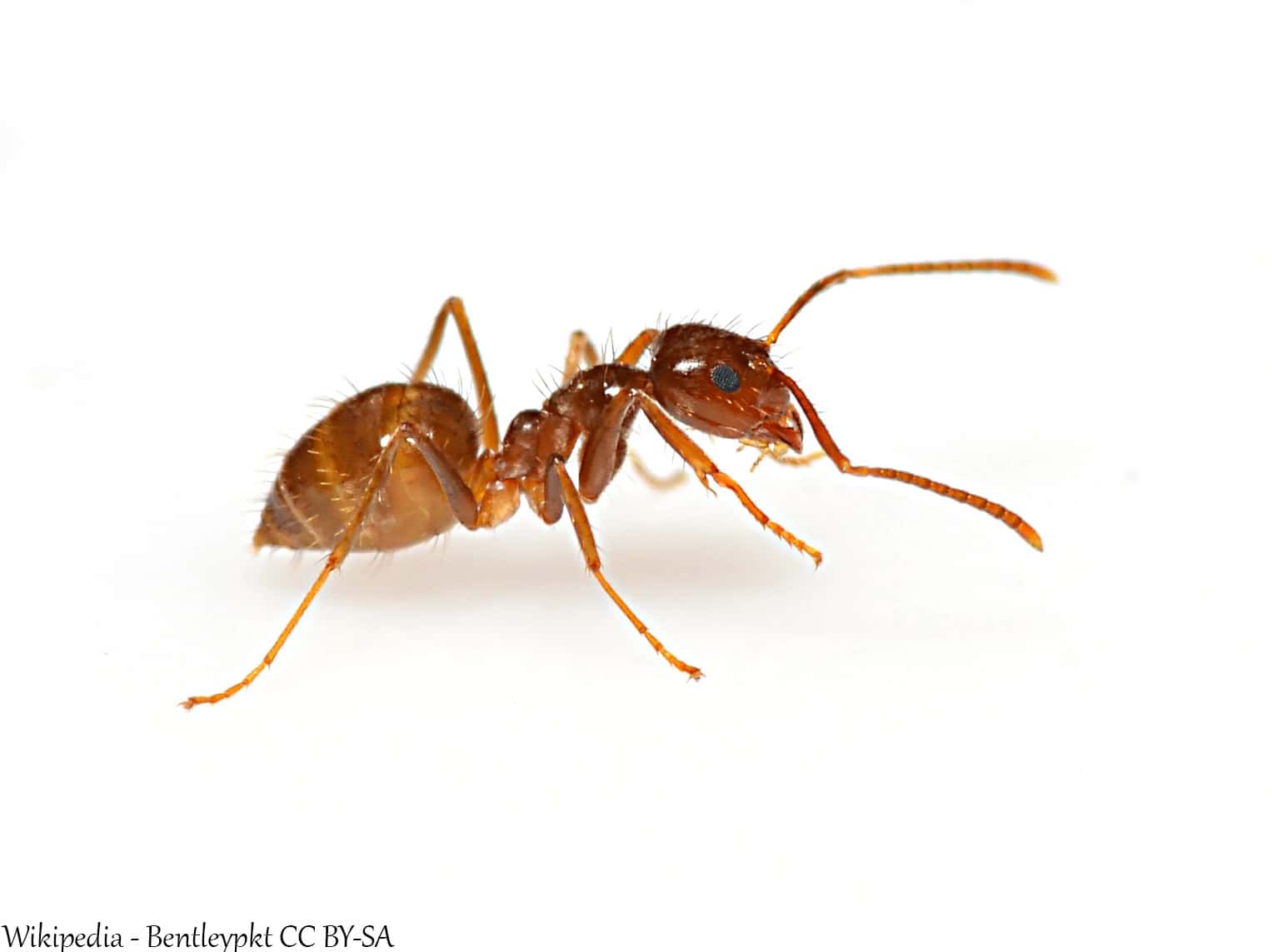
Crazy and Argentine Ants – “Manifest Destiny”
Traveling by highways and byways as stowaways in vehicles carrying potted plants, bags of soil, and various cargo, these South American ants are taking over the lower half of the United States.
Argentine ants have already infested California which is now one of three supercolonies in the entire world. But now, Crazy ants are moving in our direction too! Our warm climate is heaven for these two ant species!
Several of our southern states, Texas, Louisiana, Mississippi, Alabama, and Florida, continue to be overrun by Crazy ants where they’ve caused havoc with major electrical systems. Crazy ants have also infested parts of the Caribbean creating major damage there as well.
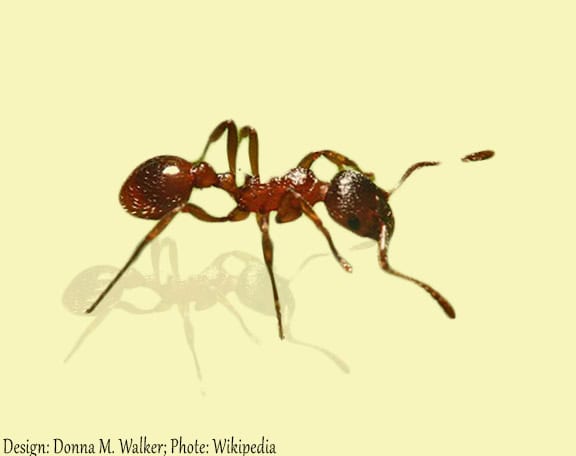
Crazy ants are now making their way as far west as California and Hawaii; and as far north as New York and Massachusetts.
At least Argentine ants behave somewhat like normal ant species but the damage Crazy ants do because of their weird attraction to electrical boxes is astounding!
Electrical Damage Caused by Crazy Ants
The Tawny Crazy ant has an unusual attraction to things electric. We’re talking major electric systems, like traffic lights, causing them to short circuit! No one knows for sure why Crazy ants are attracted to electrical equipment; some say they’re just searching for food and a warm place to nest.
What happens though is once Crazy ants enter an electrical box of some kind; they chew on the wiring and end up getting electrocuted. Then as they’re dying, they release an “alarm” pheromone, which signals the other ants to rush in and search for attacking enemies.
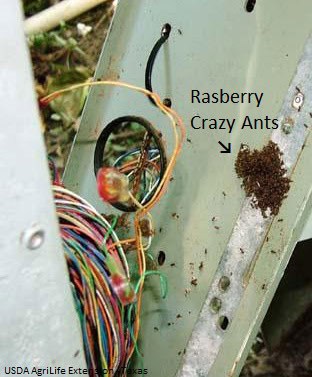
Crazy Sister Ants to the Rescue!
The rescuing ants also become electrocuted and the cycle begins again until a large number of dead ants have accumulated.
Globs of dead ants end up clogging electrical wires and causing systems to overheat, corrode, and ultimately fail.
States with current infestations of Crazy ants have reported over $146 million dollars in electrical damage combined.
Argentine Ants, on the other hand, are fairly harmless except they’re a real nuisance for Californians. It’s as if we live on one big terrific ant hill. Since Argentine ants have taken over most of California, they’ve become a year-round problem. They either want to come in from the rain or they’re trying to get away from the heat.
Video on Crazy Ants
Impact of Crazy and Argentine Ants on the Environment
The Tawny Crazy ant has a defense mechanism, formic acid, which acts as an antidote against venom from Fire ants. This ability to defend themselves has enabled Crazy ants to encroach in and take over much of the Red Imported Fire ant’s territory, as well as our own native Fire ants.
Crazy ants can’t sting but they do bite. The formic acid is excreted through a hairy circle on the end of their abdomens and is used as “venom” which can be painful but doesn’t last long. They have been known, when their area is threatened, to bite and use this acid around the eyes and nose of cows and of our native wildlife.
In Argentina and Brazil, Crazy and Argentine ants have natural enemies that keep the population of these ants under control but in the U.S. there are no “natural” enemies for these two species.
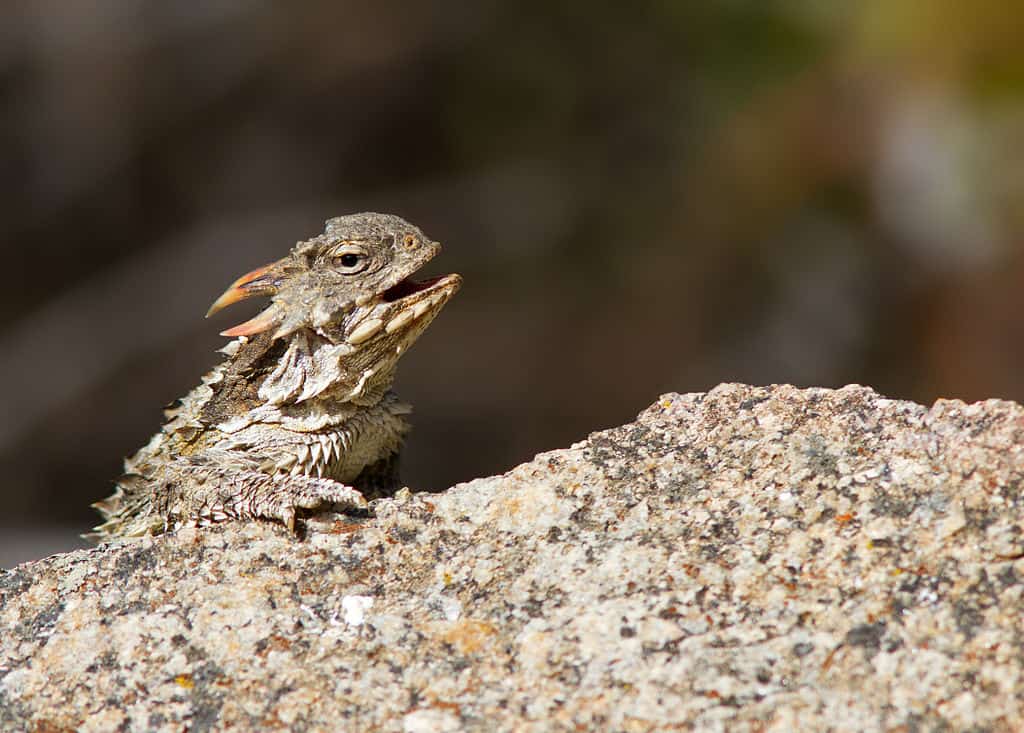
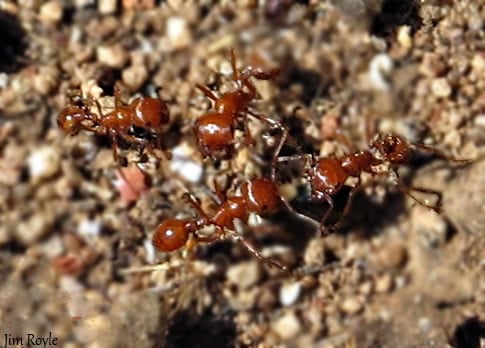
Argentine ants are fighters. They will lie in wait for native ants such as California Seed Harvesters to pass by and then they attack and dismember the harvester ants.
Because Argentine ants have taken over much of our native ant’s territory, the Coast Horned lizard, native to California, has declined in numbers to the point of being on Conservation list of threatened species.
Native ants like the Seed Harvester ant are larger, with big heads, which is the main source of food for Coast Horned lizards. Argentine ants are just too tiny to make a worthwhile meal!
Crazy and Argentine Ant Habits and Habitats
Both Crazy and Argentine ants are opportunists; they’ll nest and colonize just about anywhere from abandoned ant holes by other species to cracks in concrete walls, wood stumps, potted plants, under small stones and loose leaf litter, and various materials transported by humans.
What sets both Crazy and Argentine ants apart from other species are the multiple queens within each colony. Most species have only one queen. If Crazy or Argentine ants feel threatened, several of their queens will break off from the original colony to start new ones somewhere else.
This is why these ants are so hard to control with over-the-counter products. One has to find the ant nest and eliminate the queens in order to prevent infestations from happening.
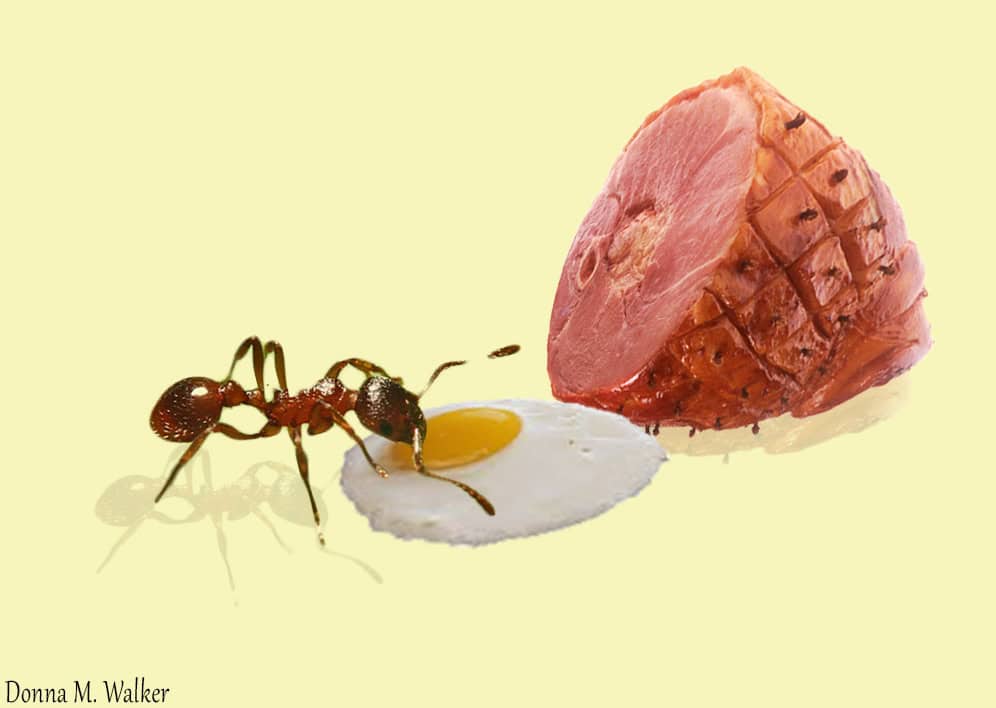
Treating and Preventing Ant Infestations
With summer just around the corner, there are a few things you can, however, do to prevent an ant infestation:
• Repair any irrigation leaks; remove fallen branches, leaf litter, and unnecessary piles of debris; trim brush and plants at least 12 inches away from the house and any trees that might be touching as well.• Caulk small cracks and holes in baseboards, around cabinets and edge of windowsills; empty inside trashcans often; and keep children’s rooms free from food and crumbs.
• Other preventive measures include: Keep outdoor trashcans tightly covered and keep dog and/or cat food in sealed containers.
• Here’s a trick; if ants are going after the cat food, put their food in a shallow pan, like a baking pan of water or, place their bowls on paper towels and sprinkle cinnamon all around the edges … ants don’t like to cross cinnamon.
Yes, it is true ants are beneficial…
All ants do good things outdoors such as aerating the soil and eating decomposed matter and termites too but they quickly become “pests” when they make their way indoors.
To eliminate lines of ants in and around the perimeter of your home, the queens and their colonies need to be found. For this, you’ll need a professional who can search, find, and eliminate the colony.
Taking the above precautionary steps come spring, will not only help keep ants from making their way indoors but keep you from losing your sanity! Waking up to ants all over the kitchen floor and counters can make one crazy – like a Crazy ant!

